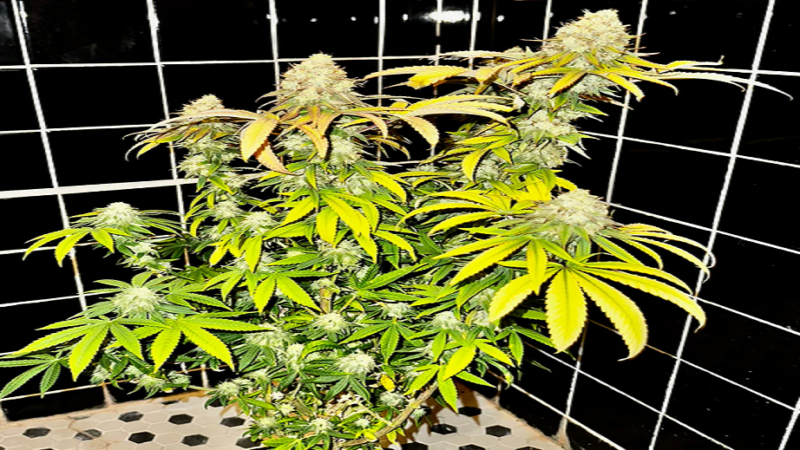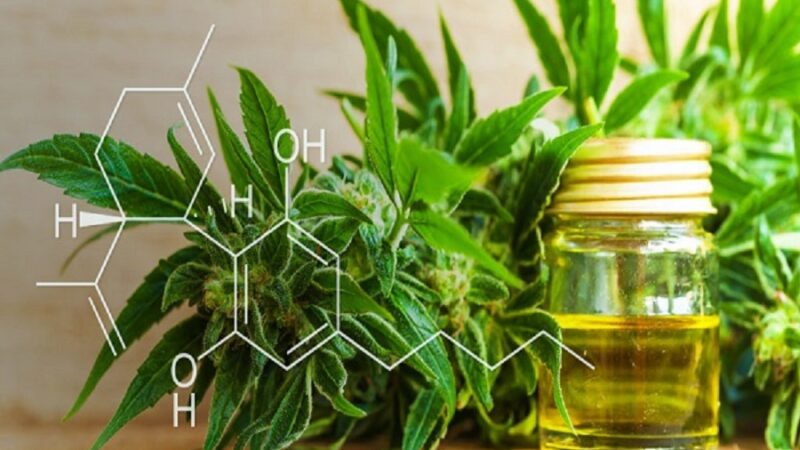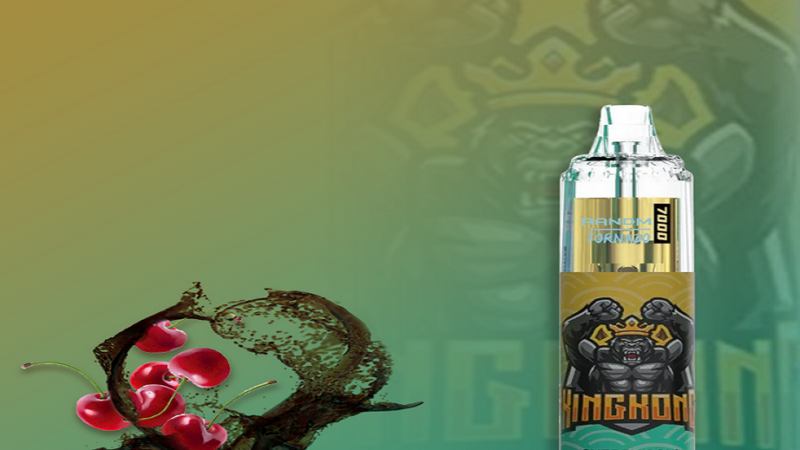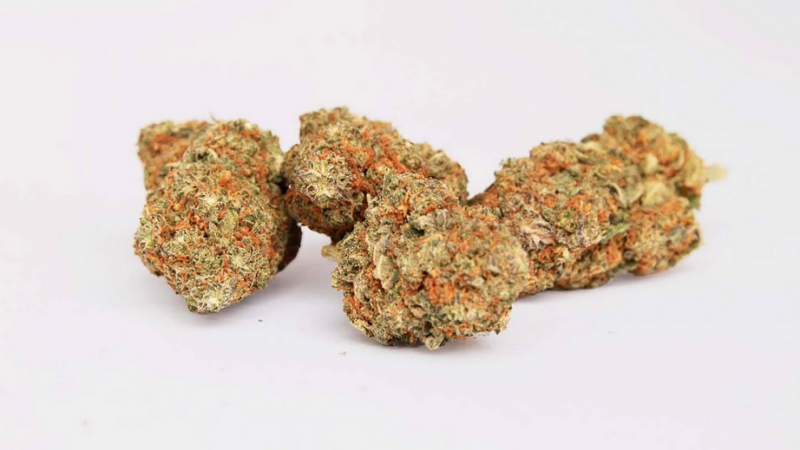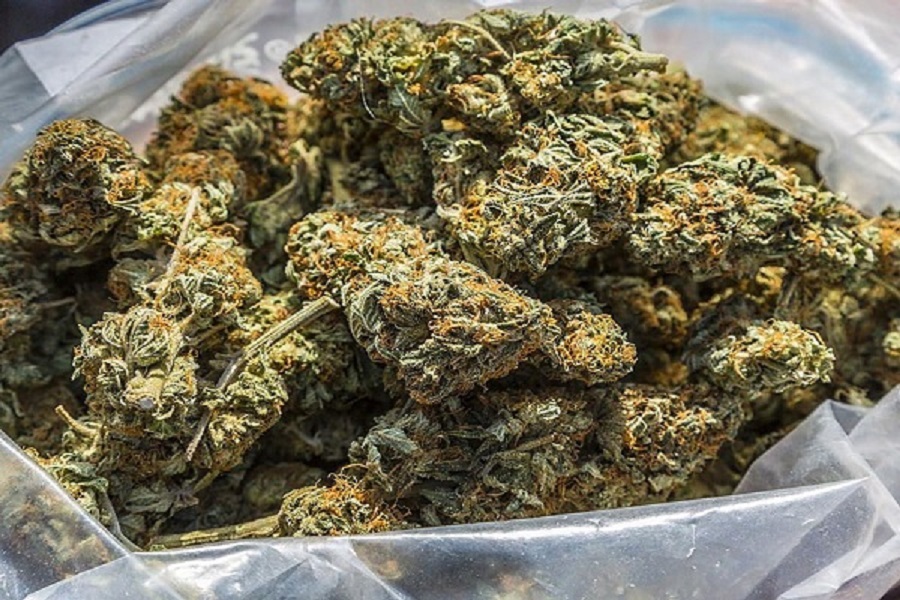If you’re a hemp enthusiast who delights in exploring the different cannabinoids found in hemp, it’s just natural that you’d want to give all of them a try. However, before you do, it’s important to know what to expect.
THC-O-acetate (THC-O flower) is among one of the most popular cannabinoids of the moment, and its uniquely effective effects suggest that you’ll want to have a general idea of how this cannabinoid functions before introducing it into your routine.
A Brief History of THC-O
THC-O-acetate is a cannabinoid unlike any other that is related to the hemp plant. Most notably, THC-O does not naturally occur in the hemp plant, unlike cannabidiol (CBD), delta-9 THC, delta-8 THC, and tetrahydrocannabivarin (THCV). Instead, it’s a synthesized compound that’s derived from hemp.
THC-O is produced in a laboratory, beginning with tetrahydrocannabinol acid (THCA), the pre-decarboxylated, acidic precursor to THC. It’s incorporated with acetic anhydride, which changes the cannabinoid into a completely new cannabinoid with its unique characteristics and properties.
Can THC-O Get You High?
THC-O-acetate is a psychedelic cannabinoid that can and will result in an intoxicating high. THC-O was developed to be very intoxicating, to the point of physical incapacitation. In general, the cannabinoid is reported to be 300% as intoxicating as delta-9 THC, the essential psychoactive in cannabis.
This means that consuming thc-o flower can get you 3 times as high as delta-9, so keep this in mind as its effects are extremely effective.
What do the effects of THC-O seem like?
Well, for one thing, lots of people discover that they experience an extremely powerful body high that normally brings about couchlock. Others explain strong feelings of bliss combined with feelings of psychological bliss. In high serving sizes, THC-O-acetate might lead to light psychedelic effects, primarily of an aesthetic nature.
What are the Uses of THC-O?
With the huge majority of cannabinoids on the market, we have a strong idea of their properties because we have access to years of clinical studies that show to us their impacts. Yet, that’s not the case with THC-O-acetate.
THC-O has never been considered for therapeutic uses since it was developed for non-therapeutic factors, and up till recently, it simply hasn’t gotten on the radar of researchers who assess cannabis for its usages to the body.
Also, since the THC-O flower is developed from THCA, chemists who investigate marijuana would not have the ability to isolate the compound in the plant and study it. Yet still, THC-O is a cannabinoid, which means that it does deal with the body’s endocannabinoid system.
We know this because its psychoactive properties come from its interaction with CB1 receptors, which are cannabinoid receptors in the nerves. The endocannabinoid system has cannabinoid receptors running throughout every system of the body, and these receptors have the job of using cannabinoids to manage physical processes that relate to our general daily features.

